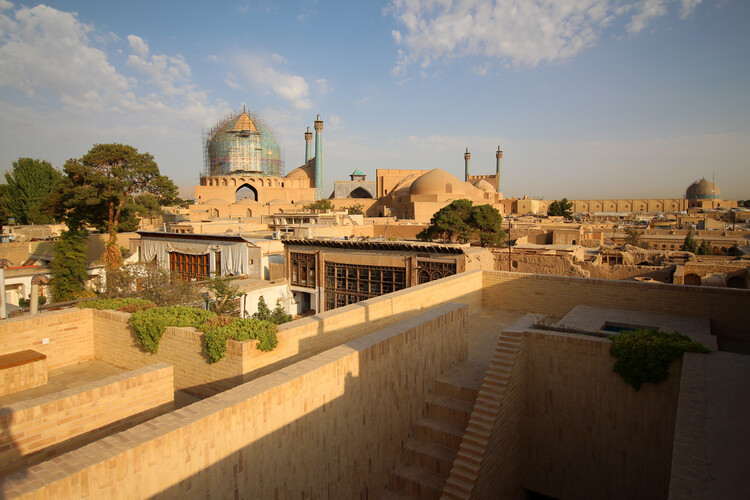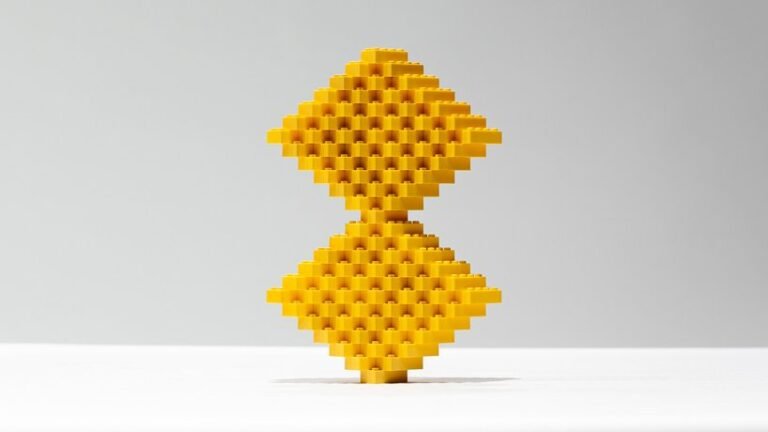Aban Home / USE Studio

- Area:
450 m²
Year:
2018
Photographs: Mohammad Arab, Ehsan Hajirasouliha
Manufacturers: Ghafari Hand Made Brick, Schomens Aluminum, Superpipe
-
Lead Architects:
Mohammad Arab, Mina Moieneddini

Text description provided by the architects. The Middle East has undergone many changes in recent decades. In the last two decades in Iran, sanctions, the shadow of war, and media hegemony have changed our daily lives. Widespread frustration on an individual and social scale has led to a wave of migration, instability, the rapid pace of change has stolen our peace of mind. What is the role of architecture in this situation?



We are not politicians who can change the world, we are architects and we can influence the environment around us, which our predecessors did well and made this difficult geography a better place to live. So instead of going, we chose to stay and decided to create a better space to stay. This decision became serious when a third person was added to our two-person life. We named our daughter Aban.


The architecture of Isfahan has taught us well, that architecture can be full of mystery, not express everything it has at once, so it becomes unpredictable, and with each turn in space, it gives us a new image. All components and concepts continue during the contrast and create a single whole, and according to Rumi, though day and night are contrasts they are from the same truth. We have tried to present everything we have experienced and learned in our past architecture, or recall in a “déjà vu”, in a contemporary format.


The geometry of the house is generally taken from the 3 * 3 pattern, which is the mother pattern of many architectural works of this land. If according to that pattern, the courtyard was located in the center and the spaces were organized around it, in this house, 3×3 pattern, three courtyards in the corners, are organized in such a way that each of the interior spaces, not with one courtyard and in one direction, but each space is related with two courtyards and two directions.

These courtyards, which are all made of bricks, according to the climate of Isfahan, provide the conditions for life to be constantly flowing on the border between inside and outside. Hence, we believe that outside of the introverted and extroverted duality, we have achieved a kind of architecture that, like the architecture of the past, has the courtyard as one of the areas of daily life, and also, the continuity of interior spaces, is inevitable with attention to the way of life today.



So instead of looking at our architectural knowledge, we looked at our lived experience, what we had experienced in previous years, or wanted to experience. In relation to space, how many behaviors that we have forgotten but are needed. And our past architecture, in the best way, reminded us how spaces, which are flexible and without definite function, can provide the necessary ground for creating enjoyable events. Therefore, the Aban house is composed of spaces for definite and clear functions, but this house is more than that, full of open, closed, and semi-open spaces, where various events can be witnessed.









